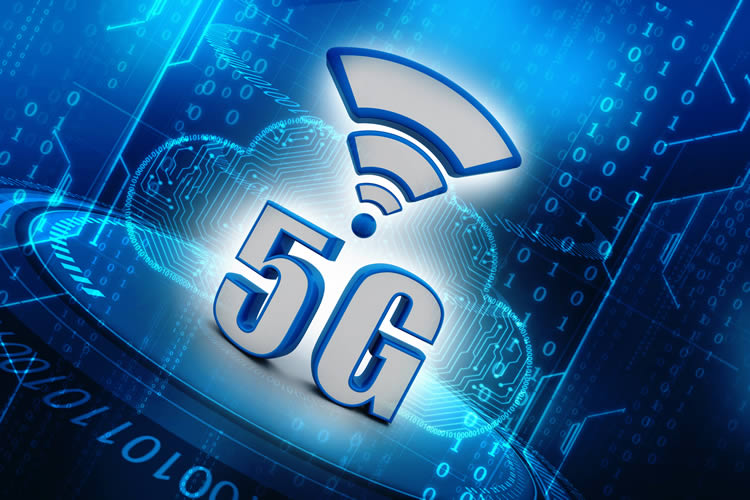The challenges and benefits of 5G network slicing

While 5G is set to have considerably more capacity than 4G, demand for that capacity is predicted to increase significantly. Many analysts and network operators have been looking to implement network slicing as a means to deal with this strain.
A recent Strategy Analytics free white paper outlines the potential benefits of network slicing. More specifically, it claims that dynamic end-to-end (E2E) 5G network slicing will be the key to unlocking revenue growth in 5G networks.
Dynamic E2E 5G network slicing refers to the technique of allotting sections of a single large 5G network to specific services and use cases, rather than establishing lots of separate networks. One wide-ranging example is that there might be a slice for mobile broadband, one for IoT, one for healthcare applications, and another for physical infrastructure.
The benefits of this approach are clear. An individual 5G network slice will be able to expand and contract according to traffic requirements. This means, in theory, that the host 5G network will be utilising its resources far more efficiently without degrading the performance of the individual virtual network.
To find out more about Network Slicing, read our guide: What is 5G Network Slicing?
Dynamic E2E 5G network slicing has the potential to be far more profitable for everyone involved. However, in order for that to be the case some preparation work is required. The Strategy Analytics white paper points out that there are some fundamental challenges with network slicing that operators need to address.
For example, how will the extreme variation in data usage affect the pricing models for communications service providers? Also, with multiple competing services potentially sharing the same resources, are the proper policies in place in the inevitable event of performance issues?
The white paper concludes by calling on operators and vendors to prepare for network slicing in 2018, ahead of 5G’s rollout from 2019. Its recommendations are as follows:
-Increase enterprise and vertical engagement and active participation in the 5G ecosystem
-Learn through doing (essentially, conduct plenty of collaborative trials)
-Work on process and organisational changes that are needed to implement 5G network slicing
-Develop common definitions of slices and their parameters across operators
-Work on incorporating machine learning, analytics and AI into the development of network slicing
50% off Lyca Mobile’s Pay As You Go plans
Lyca Mobile’s cheap Pay As You Go deals include roaming and international minutes.











